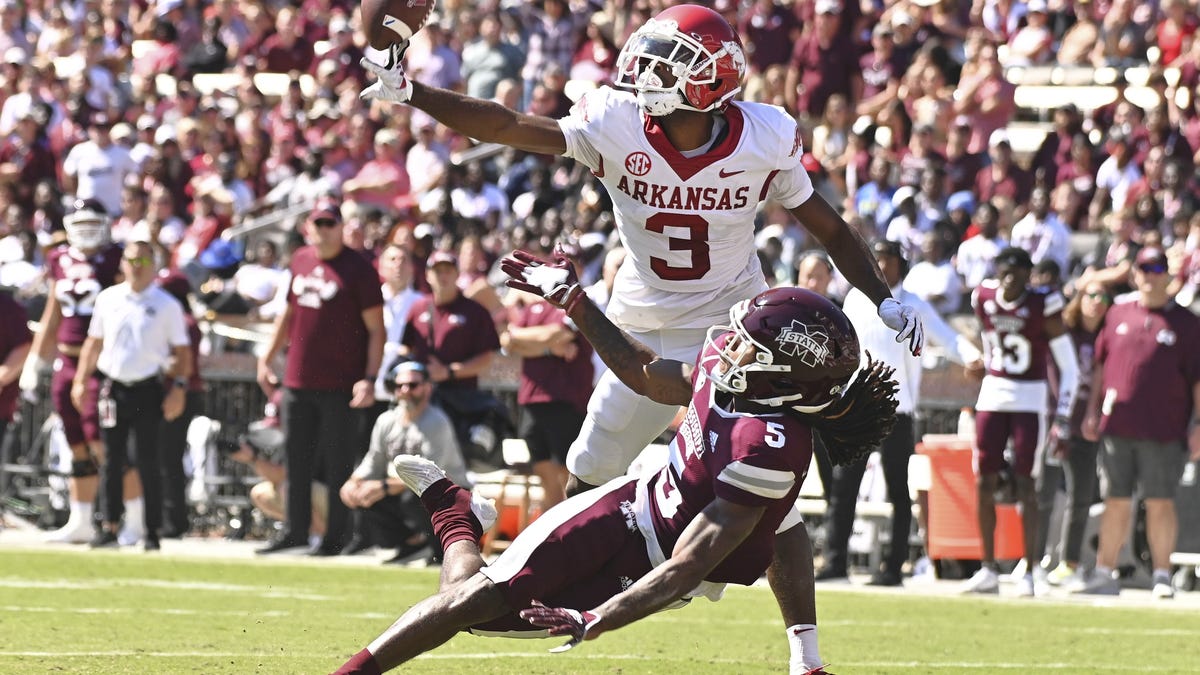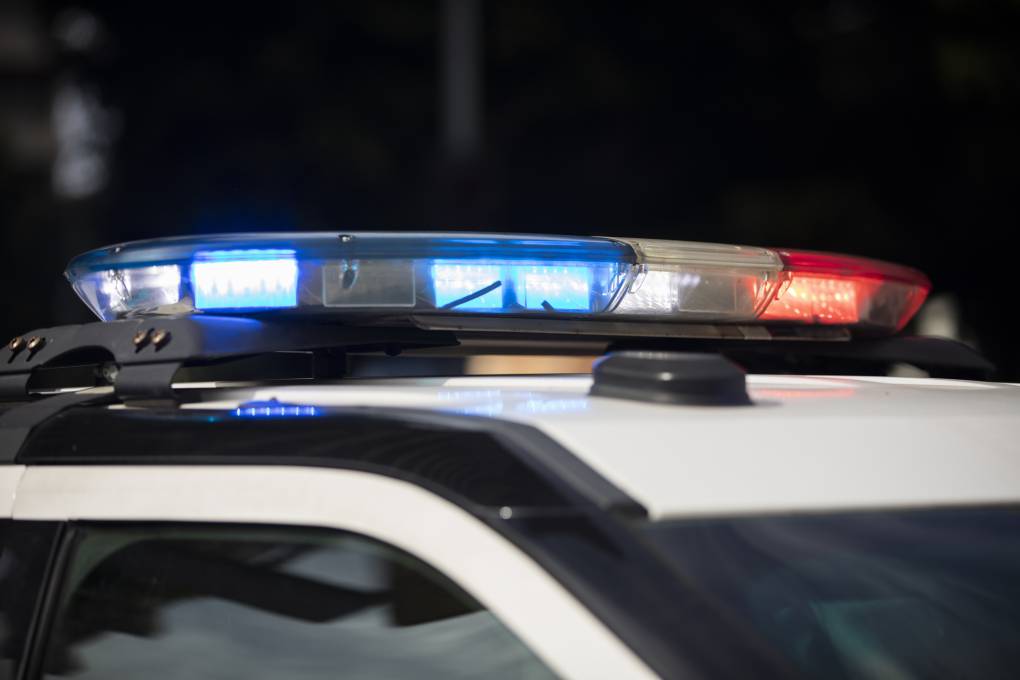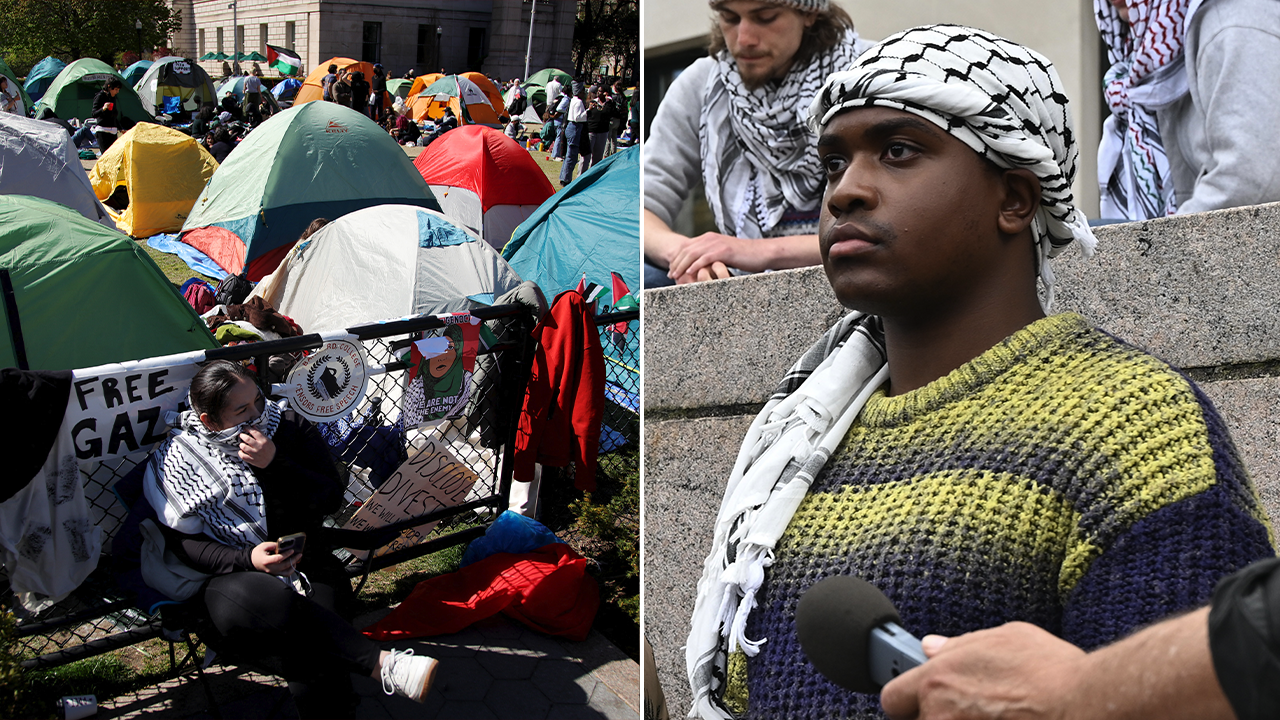New York
Read Manhattan District Attorney’s Filing on Potential Trump Trial Delay

light of the distinctive circumstances described below, the People do not oppose a brief adjournment of up to 30 days to permit sufficient time for defendant to review the USAO productions.
Regarding the 73,000 pages of records produced by the USAO as of the date of defendant’s motion, the People’s initial review indicated that those materials were largely irrelevant to the subject matter of this case, with the exception of approximately 172 pages of witness statements that defendant would have adequate time to review and address before trial. Yesterday afternoon, however, the USAO produced approximately 31,000 pages of additional records to both the People and the defense in response to defendant’s subpoena, and also indicated that an additional production would follow by next week.
We note that the timing of the current production of additional materials from the USAO is a function of defendant’s own delay. The People diligently sought the full grand jury record related to Cohen’s campaign finance convictions from the USAO last year, including exculpatory material and (1) grand jury minutes and tapes; (2) witness lists and other documents identifying the names or identities of grand jury witnesses; (3) any grand jury subpoenas and documents returned pursuant to those subpoenas; (4) exhibits presented to the grand jury; (5) to the extent within the scope of Rule 6(e), summaries of witness interviews occurring outside the grand jury; and (6) to the extent within the scope of Rule 6(e), search warrant affidavits or other applications that contain evidence from the grand jury, and evidence seized pursuant to those warrants. In response, the USAO produced a subset of the materials we requested, which we timely and fully disclosed to defendant on June 8, 2023, more than nine months ago. Despite having access to those materials since June, defendant raised no concerns to the People about the sufficiency of our efforts to obtain materials from the USAO before last week; instead, defendant waited until January 18,
2

New York
Video: Pecker Testifies About ‘Catch-and-Kill’ Payments

David Pecker, former publisher of The National Enquirer, testified that Donald J. Trump thanked him for burying stories during the 2016 campaign. Jonah Bromwich, a criminal justice reporter at The New York Times, gives takeaways from Pecker’s testimony.
New York
The Harvey Weinstein Appeal Ruling, Annotated

The 2020 conviction of Harvey Weinstein on felony sex crime charges in Manhattan was overturned on Thursday by New York’s top court. The ruling by the New York Court of Appeals said the trial judge in Mr. Weinstein’s case, Justice James M. Burke, erred in letting prosecutors call some women as witnesses who said Mr. Weinstein had assaulted them, but whose accusations were not included as charges.
The appeals court found that Mr. Weinstein, the disgraced Hollywood producer whose case ignited the #MeToo movement, had not received a fair trial. In a statement, a spokeswoman for the Manhattan district attorney’s office said, “We will do everything in our power to retry this case and remain steadfast in our commitment to survivors of sexual assault.” Donna Rotunno, Mr. Weinstein’s lead trial lawyer in New York, praised the ruling, saying, “They were prosecuting him for sins, not crimes.”
Mr. Weinstein, who was also sentenced to 16 years in prison in a California conviction, could be sent to that state to continue his sentence there, according to his spokesman.
The New York Times annotated the ruling.
Download the original PDF.
New York Times Analysis
Next »
1
The overturning of Harvey Weinstein’s New York sex crimes conviction, and the ordering of a new trial, may feel like a sudden, shocking turn. In the public mind, he is a fully disgraced figure: sentenced to long prison terms in two cities, defined by the public testimonies of nearly 100 alleged victims whose stories formed the cornerstone of the #MeToo movement. But in legal terms, his New York conviction was always controversial, and his appeals always stood a chance.

New York Times Analysis
« Previous Next »
2
Central to the decision to overturn the conviction was something called “Molineux witnesses,” which refers to witnesses in a trial who are allowed to testify about criminal acts that the defendant has not been charged with committing.
3
During the Weinstein trial, prosecutors sought to persuade jurors that he had a long history of using his prominence as a Hollywood producer to lure young women to hotel rooms and sexually assault them. They did this by calling other women to the stand who said Mr. Weinstein had assaulted them, including Dawn Dunning, Tarale Wulff and Lauren Young. Mr. Weinstein was not charged with assaulting those women, but Justice James Burke allowed them to appear for the prosecution as Molineux witnesses, also known as “prior bad act” witnesses.

New York Times Analysis
« Previous Next »
4
Complainant A is Miriam Haley, who previously went by the name Mimi Haleyi. At trial, she testified that she first met Mr. Weinstein at a movie premiere in London when she was a young production assistant.
5
Complainant B is Jessica Mann, who was an aspiring actress when she met Mr. Weinstein and who testified at the trial. Prosecutors said she maintained a relationship with Mr. Weinstein to save her career.

New York Times Analysis
« Previous Next »
6
Complainant C is Annabella Sciorra, the actress best known for her roles in “The Sopranos” and “Jungle Fever.” She met Mr. Weinstein at a party in Los Angeles in the early 1990s when he was a young producer. She testified at the trial.





New York Times Analysis
« Previous Next »
7
Witness 1 is Dawn Dunning, who was a waitress and aspiring actress when she met Mr. Weinstein. He offered to help with her acting career, and she had initially believed him to be a mentor, prosecutors said. She testified at the trial.

New York Times Analysis
« Previous Next »
8
Witness 2 is Tarale Wulff, who was an aspiring actress waiting tables at an exclusive lounge in Manhattan when she met Mr. Weinstein. Mr. Weinstein, the restaurant owner’s friend, always sat at the owner’s table, where staff were expected to treat him well. She testified at the trial.
9
Witness 3 is Lauren Young, a model who wanted to break into the film business. She brought a script to a meeting with Mr. Weinstein at a hotel bar in Beverly Hills, which prosecutors say was a ruse for Mr. Weinstein to sexually assault her. She testified at the trial.

New York Times Analysis
« Previous Next »
10
Thursday’s ruling in New York also raised questions about whether a separate conviction in California in 2022 — on rape and sexual assault charges — can survive a similar legal challenge. That case also relied in part on witnesses whose accusations did not lead to charges. Mr. Weinstein’s lawyer in the California case said she planned to file an appeal next month.

New York Times Analysis
« Previous Next »















New York Times Analysis
« Previous Next »
12
The majority of the court appeared to take umbrage with the fierce statements of the dissenting judges, defending their ruling in numerous footnotes and throughout the opinion, a back-and-forth that suggested the decision had given rise to considerable tension among the judges.






New York Times Analysis
« Previous Next »
13
The appeals court agreed with Mr. Weinstein that the trial judge violated his right to testify in his own defense. The trial judge had ruled that if Mr. Weinstein took the stand, prosecutors would be allowed to question him about a long history of bad behavior, including allegations that he threw food at an employee and punched his brother at a business meeting. The appeals ruling said this “impermissibly” affected Mr. Weinstein’s decision not to testify at trial.







New York Times Analysis
« Previous Next »
14
Thursday’s decision did not discount the credibility of the accusations against Mr. Weinstein. Rather, it found fault with the admission of the testimony of women whose descriptions of abuse fell outside the criminal case.
15
The reversal of the conviction was determined by a single vote, by a majority female panel of judges, who in February held a searching public debate about the fairness of the trial.



















New York Times Analysis
« Previous Next »
16
Judge Madeline Singas wrote in a dissent that the witness testimony of the additional women, who described their disgust and horror at Mr. Weinstein’s advances, had made it clearer to the jury that the former producer had to have known that he did not have the women’s consent.




New York Times Analysis
« Previous Next »
17
Judge Singas’s fiery dissent accused the court of making it more difficult for victims to seek justice against their assailants in future cases.



New York Times Analysis
« Previous
18
Judge Anthony Cannataro, who also dissented, wrote that the additional witnesses the prosecution presented were vital to show Mr. Weinstein’s pattern of manipulation and coercion.











New York
Live Updates: Tabloid Publisher Describes Deals to Buy Silence at Trump Trial
David Pecker spoke about buying and burying the Playboy model Karen McDougal’s claim that she had a sexual relationship with Donald J. Trump. He also described how the porn star Stormy Daniels shopped a similar story, which is at the heart of the case.
-

 Movie Reviews1 week ago
Movie Reviews1 week agoMovie Review: The American Society of Magical Negroes
-

 World1 week ago
World1 week agoIf not Ursula, then who? Seven in the wings for Commission top job
-

 Kentucky1 week ago
Kentucky1 week agoKentucky first lady visits Fort Knox schools in honor of Month of the Military Child
-

 Politics1 week ago
Politics1 week agoTrump trial: Jury selection to resume in New York City for 3rd day in former president's trial
-
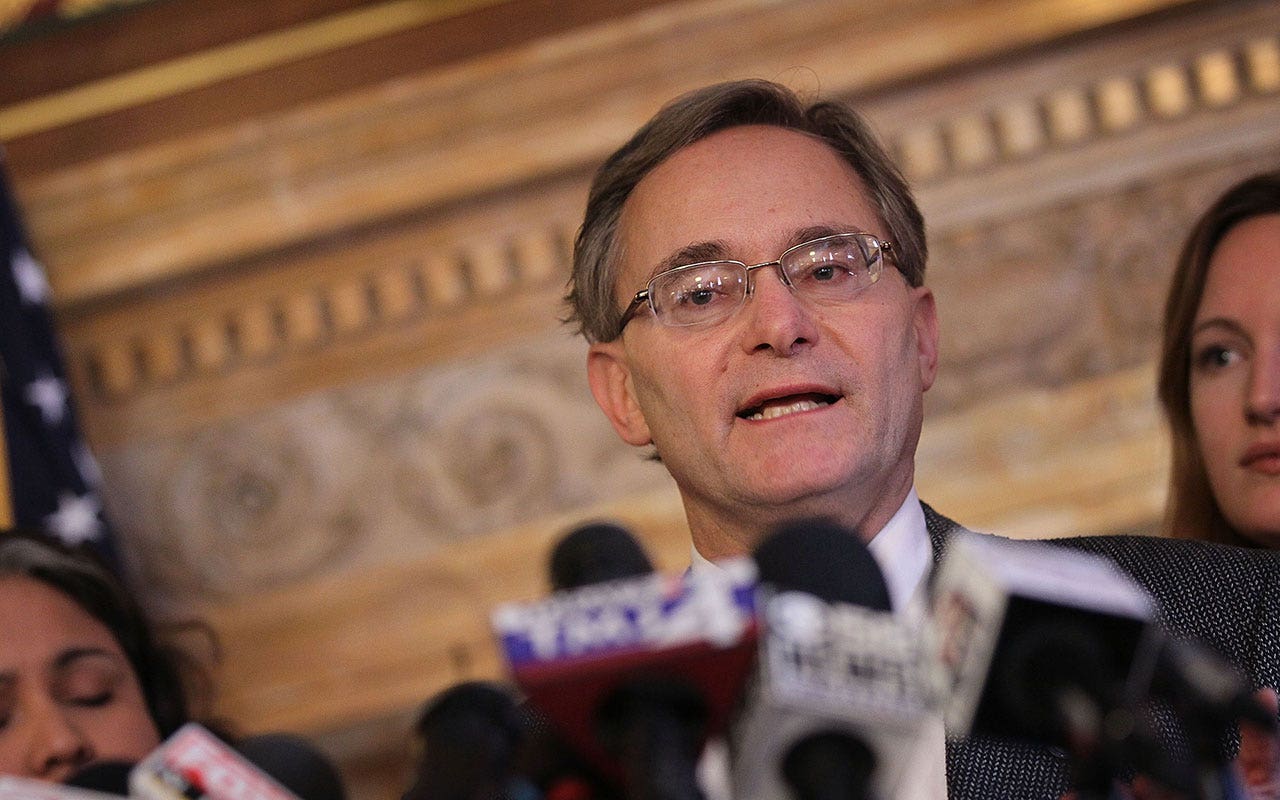
 Politics1 week ago
Politics1 week agoFormer Wisconsin Democratic Rep. Peter Barca launches congressional comeback bid
-
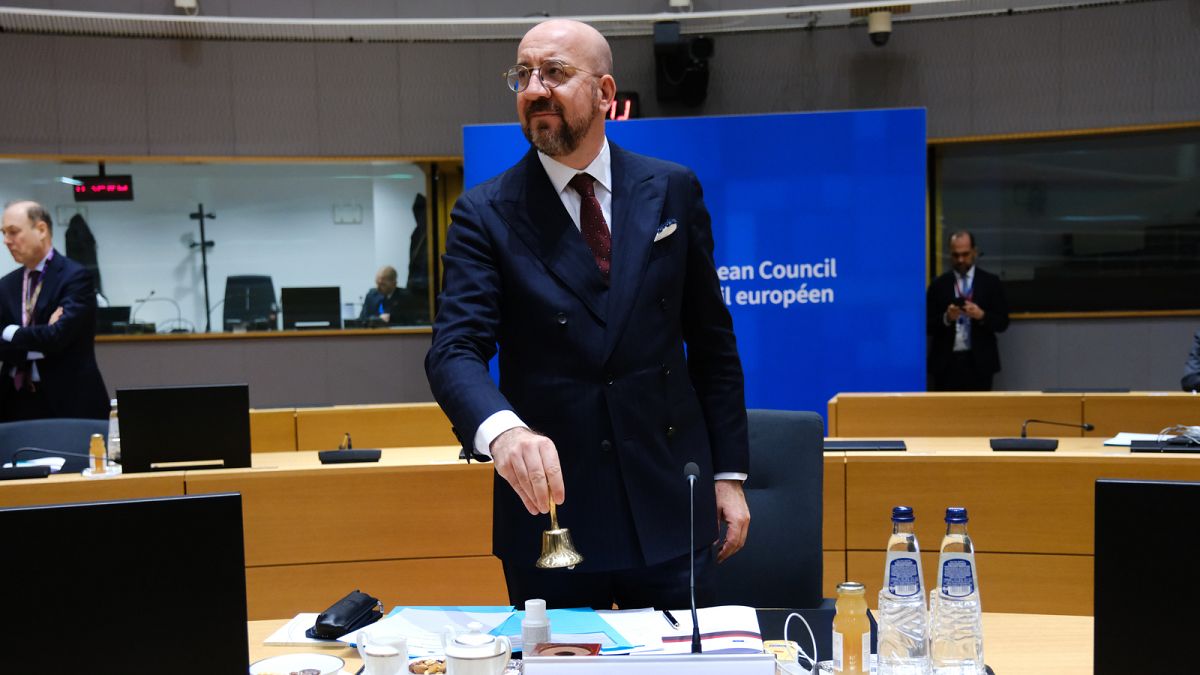
 World1 week ago
World1 week agoEU leaders weigh Lebanon partnership in response to Middle East crisis
-

 Culture1 week ago
Culture1 week agoWrexham are a good story, yes, but they are no footballing fairytale
-
Politics1 week ago
Senate rejects impeachment of Homeland Security Secretary Mayorkas




